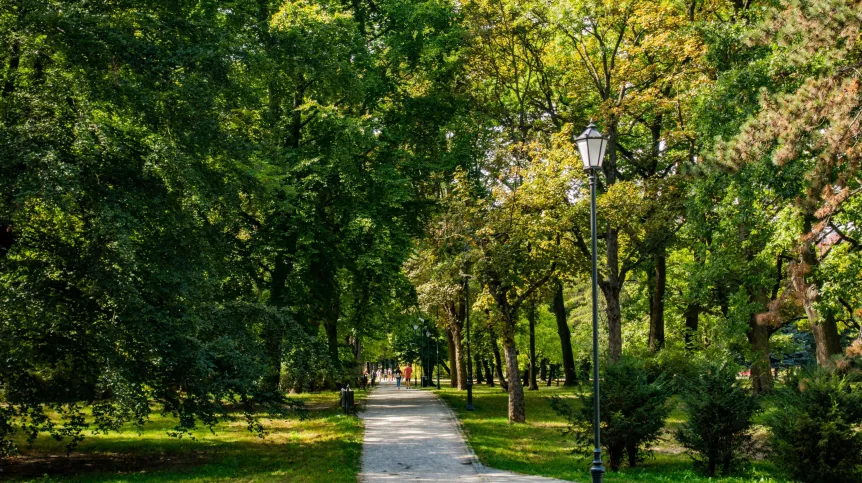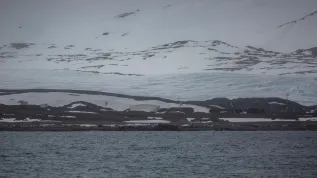
Since we are cutting down primary and secondary forests and spreading tons of pesticides over vast agricultural areas, perhaps in the future, cities will become extremely important oases of biodiversity, Professor anthropocene biologist Marta Szulkin from the University of Warsaw says in an interview with PAP.
She emphasises that cities and biology - understood as nature - are not mutually exclusive. 'Unless we think of the city as a grey desert of concrete', she adds.
'However, we have a lot of greenery our cities - not only in parks, but also along roads, in squares, balconies, bus stops. It is a food and habitat base for many animals. In addition, social awareness in this area is growing. That is why I believe that urban greenery has a huge potential for development and since we cut down primary and secondary forests and spread tons of pesticides over vast agricultural areas, perhaps in the future it will remain a repository of biodiversity in the world. In this context, cities should not be underestimated', she says.
In order to preserve this city biodiversity, the biggest challenge - according to the PAP interviewee - is to manage this nature, and build and expand cities a way that they does not conflict with the need to preserve the diversity of life forms. 'It is not about cities becoming one big jungle. There are really simple ways to do this, such as introducing green corridors for animals, connectors between green areas in the city, which allow animals to migrate', says the scientist who heads the Anthropocene Biology Lab at the Faculty of Biology of the University of Warsaw.
Another example is managing plantings so that native species dominate. 'Even if we are looking for tree species for a warmer climate, because it is getting warmer in cities, it is worth considering those from the south of our country, because it is precisely native species that constitute the biomass for our native insects to feed on. Thanks to this, as we climb further up the food chain, birds and rodents and their predators will also have more food', the biologist explains.
Professor Marta Szulkin also mentions the importance of greenery for human health. 'Cities are still growing. I have the feeling that, as a result, we also think that we are made of rubber, and that we have no limits when it comes to the impact of light stimuli or noise levels on us. That is obviously not the case. In this context, green areas in cities are an important element in maintaining human homeostasis. There are studies that show that even a minimal amount of greenery around the place of residence and the place of work translates into fewer days of sick leave during the year. It turns out that such greenery also generates measurable benefits', the researcher says.
The scientist also studies urban evolutionary biology. 'Ecosystem changes and evolution among urban species are becoming better understood. They affect various levels, e.g. they occur at the level of the intestinal microbiome of urban animals, which allows them to better digest food available in the city. In birds, among other things, we observe a directional process to lengthen the beak, thanks to which they can better collect available food', she says.
A few weeks ago, Professor Marta Szulkin (together with Michela Corsini, PhD) published a paper demonstrating a link between concrete covering the area around the nesting box and the survival rate of chicks. The research on great tits and blue tits was conducted in Warsaw.
The results show that if half of the green space is covered with concrete, the number of young birds flying out of the nesting box from that area will be reduced by half.
'We now have hard data that show how concrete affects bird reproduction. I hope that this information will also be used by decision-makers', she says.
Professor Marta Szulkin adds that she is optimistic about the development of green areas in cities. 'I see how high social awareness is. Maybe even higher than in other Western European countries, because we are still fresh from the +fashion+ for concrete in city centres - and we want to give some trends a new direction. In addition, in the context of climate change, we clearly see the benefits, e.g. from planting trees in urban spaces, thanks to which we have some shade on hot days', she concludes.
PAP - Science in Poland, Agnieszka Kliks-Pudlik (PAP)
akp/ agt/ jpn/













